How to Settle Sediment Before Filling Aquaculture Ponds
Cloudy water, reducing light penetration, which affects photosynthesis of algae and plankton
Poor visibility for monitoring shrimp or fish health
Accumulation of organic waste and pathogens at the pond bottom
Faster siltation of the pond, reducing effective water volume
Favorable conditions for anaerobic bacteria growth
Therefore, settling sediment before introducing water into ponds is an essential step to stabilize the farming environment and improve overall productivity.
Common Methods for Settling Sediment
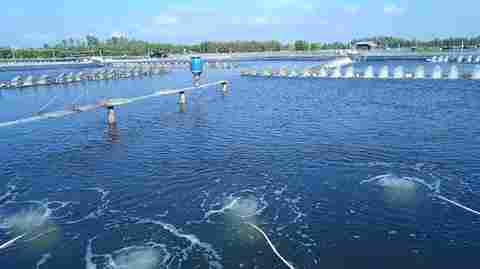
1. Settling Using a Reservoir or Sedimentation Pond
This is currently the most widely used and effective method.
*How to implement:
Construct a separate sedimentation pond or tank before the main pond, sized at 10–30% of the farming pond area
Channel water from canals or rivers into this pond before transferring it to the grow-out pond
Allow water to settle for at least 1–2 days so suspended particles can sink
Periodically remove sludge from the bottom of the sediment pond to maintain efficiency
*Advantages:
High efficiency; removes suspended solids and some pathogens
Significantly reduces turbidity and organic load
Notes:
Sedimentation ponds should be fenced or covered to prevent intrusion by wild animals or unwanted organisms
Always check parameters such as pH, alkalinity, and salinity after settling, before transferring water to the grow-out pond
.jpg)
2. Using Coagulants and Flocculants
Certain substances can bind fine sediment particles into larger clumps that settle faster.
Commonly used substances:
Alum (Al₂(SO₄)₃)
PAC (Poly Aluminum Chloride)
*How to use:
Dissolve the coagulant in water and distribute evenly over the sedimentation pond
Stir gently to ensure even distribution, then allow the water to sit for 6–12 hours for complete settling
*Advantages:
Rapid settling, time-saving
Effective for highly turbid water or large water volumes
*Disadvantages:
Higher cost due to chemical purchase
Incorrect dosage may be harmful to aquatic animals
Additional Considerations for Sediment Settling
Settling time: Do not rush; allow sufficient time for all particles to settle
Water quality monitoring: Even after settling, check indicators like DO, pH, alkalinity, and salinity to ensure they are within suitable ranges
Pond hygiene: Regularly remove sludge to avoid long-term pollution
Combine with biological filtration: Sand, gravel, and activated carbon filters can enhance water treatment after settling
.jpg)
Sediment settling is a critical step in preparing aquaculture ponds. Depending on local conditions, farmers can choose suitable methods such as constructing sedimentation ponds, using flocculants, or integrating aquatic plants for additional filtration. Proper sediment control not only improves water quality but also helps prevent disease outbreaks, enhances production efficiency, and supports the sustainable development of aquaculture.
Source: aquaculture.vn
Aqua Mina's distributor in Japan: REX INDUSTRIES CO., LTD
- Address: 1-9-3 Hishiya-Higashi, Higashi-Osaka 578-0948 JAPAN
- Email: kimakubo@rexind.co.jp
- Phone: +81-(0)72-961-9893
- Website: http://www.rexind.co.jp/e/
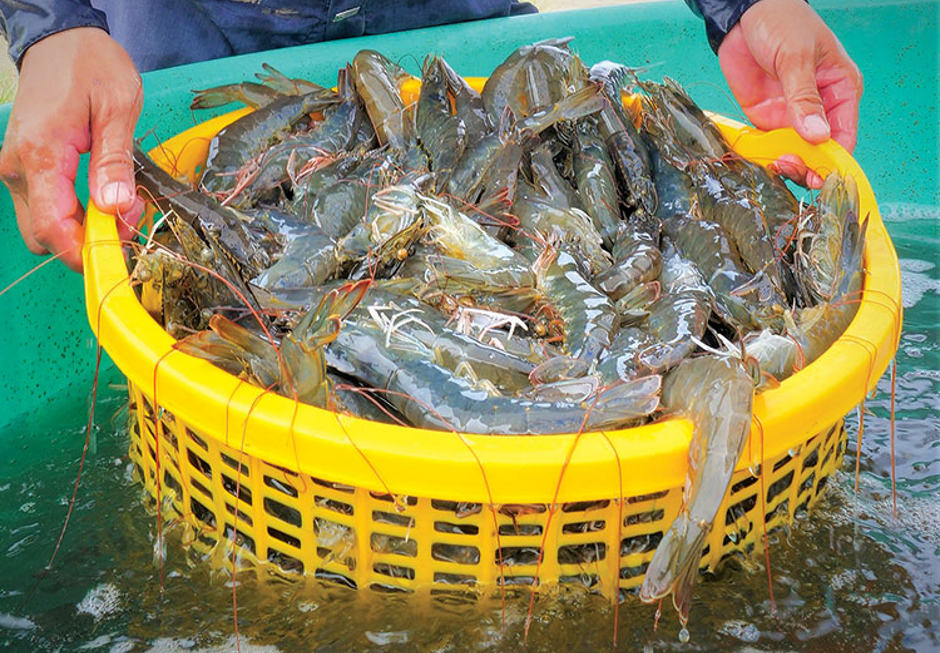
WE WORK FOR YOUR SUCCESS!
Ngày đăng : 04/08/2025
2230 View
Other Articles
Global Shrimp Forum: Global shrimp trade is reshaping
China’s Import Value Up 10%, Vietnamese Shrimp Remains Among Leading Suppliers
After the 7.5-magnitude offshore earthquake in Aomori that injured 34 people, Japan has issued a warning about a potential mega-earthquake
India’s shrimp exports accelerate despite the trade war with the United States
Portuguese food group acquires 18% stake in cod farming company Norcod
Indonesia implements radioactive-free shrimp certification for exports to the United States
India is world’s second-largest shrimp producer. That is now under threat
Ca Mau’s shrimp industry moves towards “green” growth
Floods devastate aquaculture, processing operations in Vietnam
Ecuador Leads Global Shrimp Exports, Surpassing USD 7 Billion in 2025
India's marine product exports rise 16% as new markets offset US dip
Skretting presents the first shrimp feed with insect meal in Vietnam








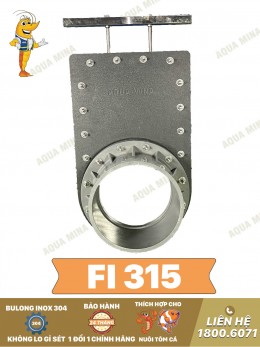
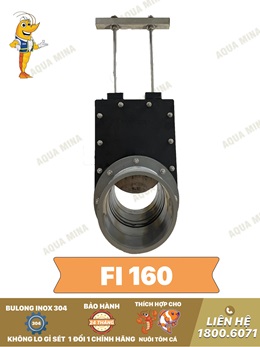


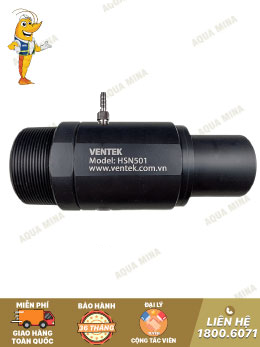
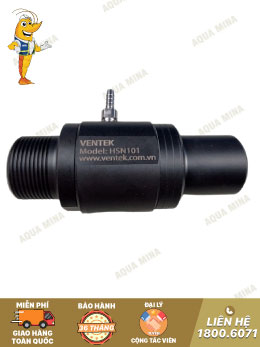

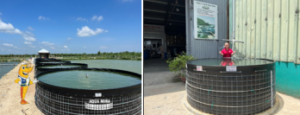
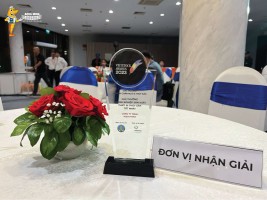


.jpg)